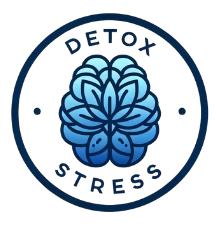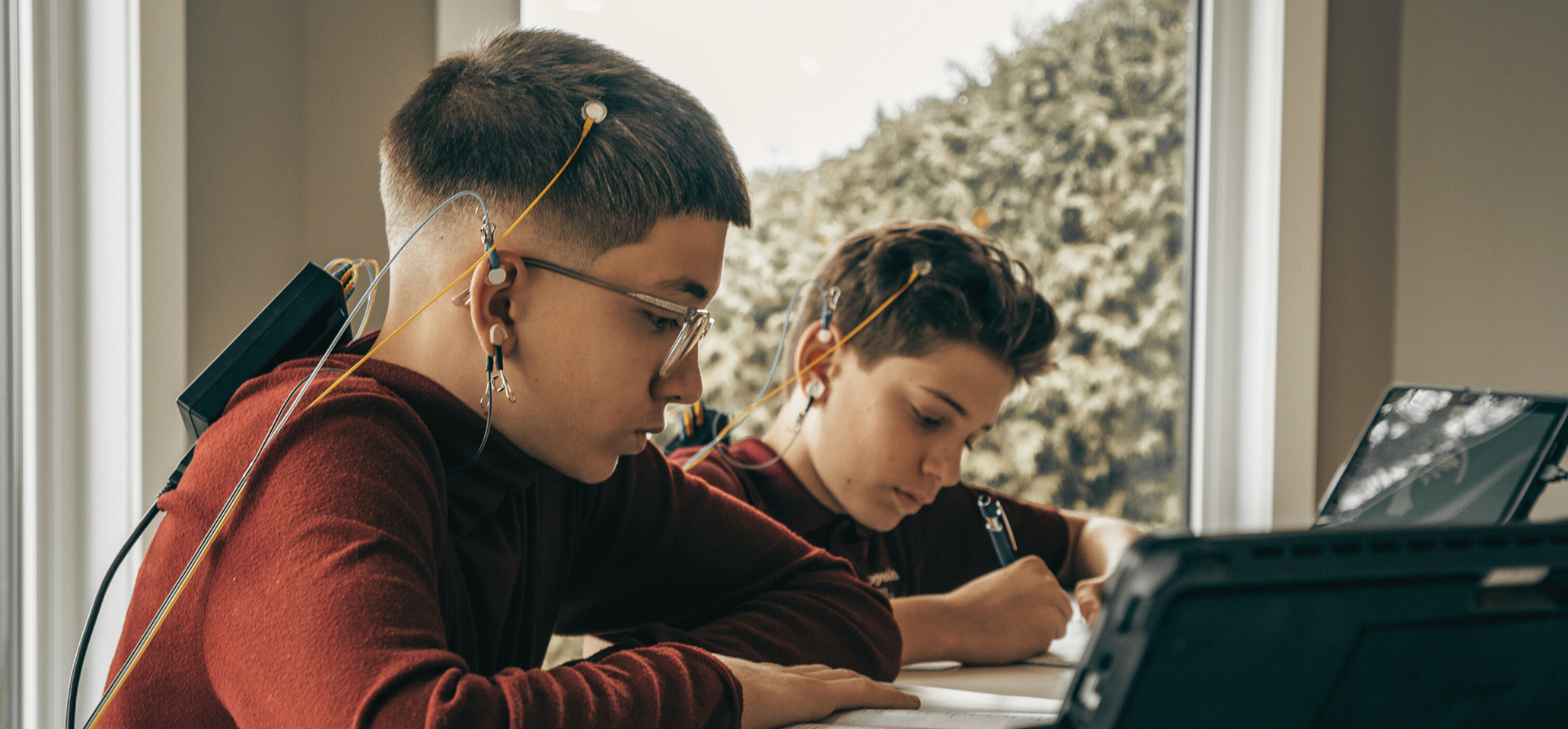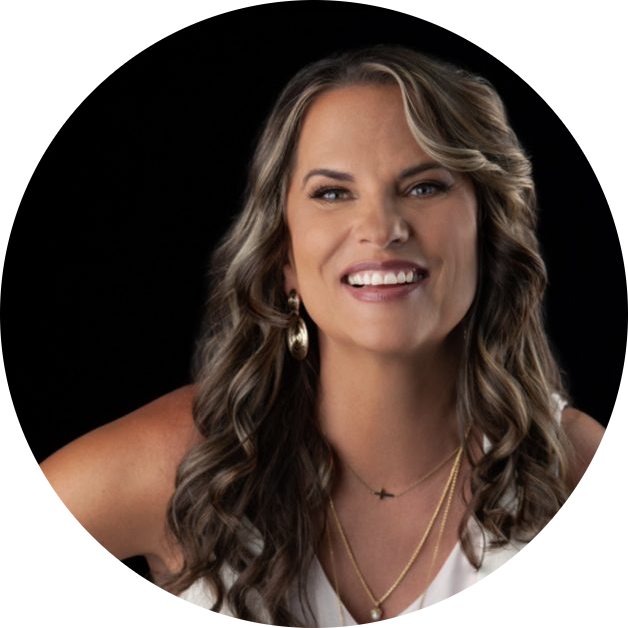Understanding ADHD: Types, Symptoms, and Holistic Treatment Approaches
Attention-Deficit/Hyperactivity Disorder (ADHD) is a complex neurodevelopmental condition that affects individuals across all age groups. It presents in multiple forms, each with distinct characteristics and challenges. Gaining a deeper understanding of these variations and incorporating holistic treatment strategies can significantly enhance the quality of life for those with ADHD.
Types of ADHD and Their Characteristics
The Diagnostic and Statistical Manual of Mental Disorders, Fifth Edition (DSM-5) categorizes ADHD into three main types:
1.) Predominantly Inattentive Presentation (ADHD-PI)
- Characterized by distractibility, forgetfulness, disorganization, and difficulty maintaining attention.
- Individuals may appear daydreamy, unmotivated, or lethargic.
- More common in adults and females.
2.) Predominantly Hyperactive-Impulsive Presentation (ADHD-HI)
- Marked by excessive fidgeting, restlessness, impulsivity, and difficulty remaining still.
- More frequently diagnosed in children, particularly boys.
3.) Combined Presentation (ADHD-C)
- Individuals exhibit symptoms of both inattention and hyperactivity/impulsivity.
- This is the most commonly diagnosed type, especially in children.
Beyond these general classifications, Amen Clinics has identified specific subtypes of ADHD through SPECT (Single Photon Emission Computed Tomography) imaging. Unlike traditional diagnostic methods that rely solely on symptom checklists, SPECT scans measure blood flow and brain activity, revealing distinct patterns in ADHD brains. The following subtypes have been identified (Amen, 2001):
Classic ADHD:
- Low prefrontal cortex activity, especially when engaging in tasks requiring concentration.
- Symptoms include hyperactivity, impulsivity, and difficulty focusing.
Inattentive ADHD:
- Decreased activity in the prefrontal cortex and cerebellum.
- Individuals experience disorganization, trouble completing tasks, and frequent forgetfulness.
Overfocused ADHD:
- Excessive activity in the anterior cingulate gyrus, leading to rigid thinking patterns.
- Individuals may struggle with shifting attention, get stuck in negative thoughts, or exhibit obsessive behaviors.
Temporal Lobe ADHD:
- Abnormal activity in the temporal lobes, affecting mood, memory, and behavior.
- Symptoms include mood swings, aggression, and difficulty with emotional regulation.
Limbic ADHD:
- Overactivity in the limbic system, which is linked to emotional processing.
- Individuals often experience chronic sadness, low self-esteem, and social withdrawal.
Ring of Fire ADHD:
- Excessive overall brain activity, causing irritability, sensitivity to sensory input, and extreme mood swings.
- Often misdiagnosed as bipolar disorder due to overlapping symptoms.
Anxious ADHD:
- Increased activity in the basal ganglia, leading to heightened anxiety and nervousness.
- Individuals frequently experience racing thoughts, excessive worry, and physical symptoms like headaches.
Holistic Treatments and Lifestyle Adjustments for ADHD
While stimulant medications like Adderall and Ritalin are commonly prescribed for ADHD, holistic treatments can offer additional benefits with fewer side effects.
1. Diet and Nutrition
Research suggests that dietary modifications can significantly impact ADHD symptoms. Key recommendations include:
- High-Protein Diet: Helps stabilize blood sugar levels and supports neurotransmitter function.
- Low-Carbohydrate Intake: Reduces energy crashes that can worsen ADHD symptoms.
- Eliminating Artificial Additives and Allergens: Studies have linked artificial dyes, preservatives, and gluten to increased hyperactivity and focus issues (Nigg et al., 2012).
- Dopamine-Boosting Foods: Lean meats, eggs, nuts, green tea, and dark chocolate can enhance focus and motivation.
2. Exercise and Physical Activity
Physical activity has been shown to increase dopamine, norepinephrine, and serotonin levels, which are essential for focus and mood regulation. Activities such as:
- Aerobic Exercise (running, swimming, cycling): Improves executive function and reduces impulsivity.
- Yoga and Tai Chi: Enhances relaxation and self-regulation.
- Martial Arts: Helps with discipline, focus, and impulse control.
Studies have found that children with ADHD who engage in regular physical activity experience improved cognitive function and reduced symptoms (Pontifex et al., 2013).
3. Neurofeedback Therapy
Neurofeedback trains individuals to regulate brainwave patterns by providing real-time feedback on brain activity. Research shows that SPECT imaging combined with neurofeedback can improve ADHD symptoms by enhancing prefrontal cortex activity, improving impulse control, and increasing attention span (Arns et al., 2014).
4. Mindfulness and Behavioral Therapies
Cognitive Behavioral Therapy (CBT) and mindfulness-based interventions help individuals develop coping strategies for ADHD-related challenges. Benefits include:
- Improved Emotional Regulation: Reduces frustration and emotional outbursts.
- Better Focus and Attention: Teaches self-monitoring techniques to improve concentration.
- Reduced Anxiety and Stress: Mindfulness helps individuals remain present and avoid rumination.
A study published in Clinical Psychology Review found that mindfulness training led to significant improvements in ADHD symptoms, particularly for those with high anxiety (Mitchell et al., 2017).
5. Nature Exposure (“Green Time”)
Spending time in nature has been shown to reduce ADHD symptoms by improving attention and reducing impulsivity. Research conducted at the University of Illinois found that children with ADHD experienced improved concentration after spending time in natural settings (Taylor & Kuo, 2009).
Holistic Solutions Offer Hope for Optimized Brain Function
ADHD is a diverse condition with multiple subtypes, each requiring a tailored approach to treatment. By utilizing SPECT imaging, we can better understanAd the neurological differences in ADHD and create more effective treatment plans. Please note that since not all ADHD Types exhibit the same functioning of the brain, not all types have the same targeted supplements and diets. Please contact our office at 321-405-2795 if you would like to schedule a SPECT Scan to determine which ADHD Type you or a loved one are.
For neurofeedback resources and if you would like to incorporate this technology into your wellness plan, please email me at marly.jones@neuroptimal.com.
A holistic approach, incorporating diet, exercise, neurofeedback, mindfulness, and nature exposure, can complement traditional treatments and improve overall well-being. Whether diagnosed in childhood or adulthood, individuals with ADHD can thrive by adopting personalized, science-backed strategies that enhance focus, mood, and daily functioning.
By expanding our understanding of ADHD and embracing a multifaceted treatment approach, we can help individuals navigate their challenges and harness their strengths for a more fulfilling life.
References
Amen, D. G. (2001). Healing ADD: The breakthrough program that allows you to see and heal the 6 types of ADD. Berkley Books.
Arns, M., de Ridder, S., Strehl, U., Breteler, M., & Coenen, A. (2014). Efficacy of neurofeedback treatment in ADHD: The effects on inattention, impulsivity, and hyperactivity: A meta-analysis. Clinical EEG and Neuroscience, 40(3), 180–189. https://doi.org/10.1177/155005940904000311
Mitchell, J. T., McIntyre, E. M., English, J. S., Dennis, M. F., Beckham, J. C., & Kollins, S. H. (2017). A pilot study of mindfulness meditation training for ADHD in adulthood: Impact on core symptoms, executive functioning, and emotion dysregulation. Journal of Attention Disorders, 21(13), 1105–1120. https://doi.org/10.1177/1087054713513328
Nigg, J. T., Lewis, K., Edinger, T., & Falk, M. (2012). Meta-analysis of attention-deficit/hyperactivity disorder or attention-deficit/hyperactivity disorder symptoms, restriction diet, and synthetic food color additives. Journal of the American Academy of Child & Adolescent Psychiatry, 51(1), 86–97. https://doi.org/10.1016/j.jaac.2011.10.015
Pontifex, M. B., Saliba, B. J., Raine, L. B., Picchietti, D. L., & Hillman, C. H. (2013). Exercise improves behavioral, neurocognitive, and scholastic performance in children with ADHD. The Journal of Pediatrics, 162(3), 543–551. https://doi.org/10.1016/j.jpeds.2012.08.036
Taylor, A. F., & Kuo, F. E. (2009). Children with attention deficits concentrate better after walk in the park. Journal of Attention Disorders, 12(5), 402–409. https://doi.org/10.1177/1087054708323000


